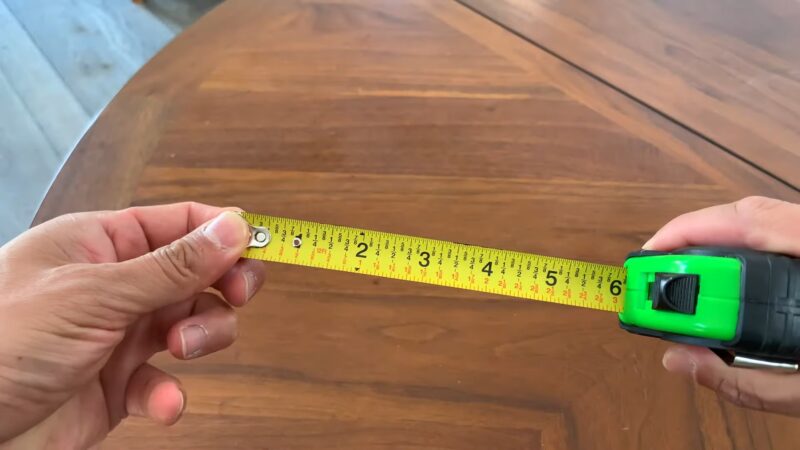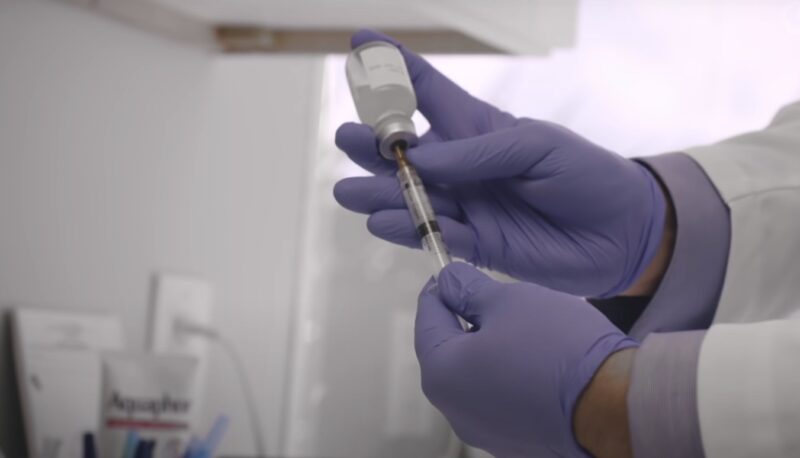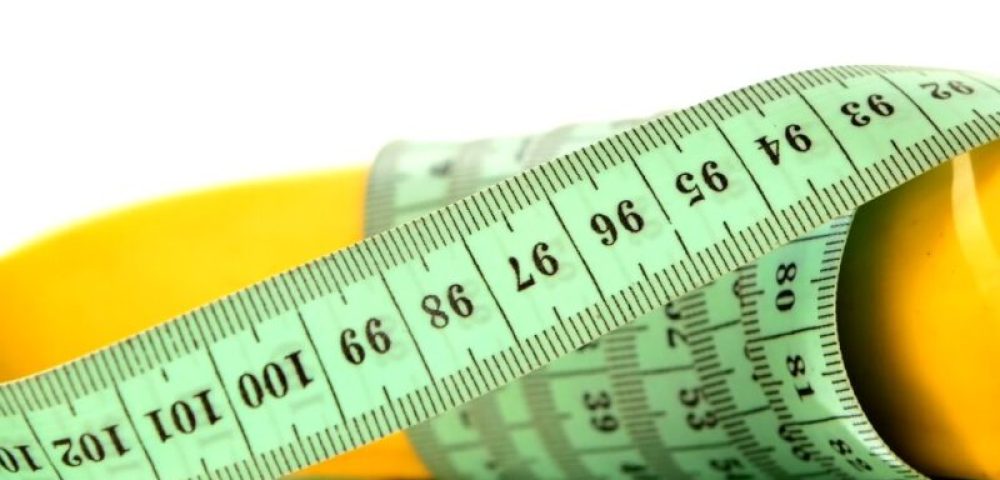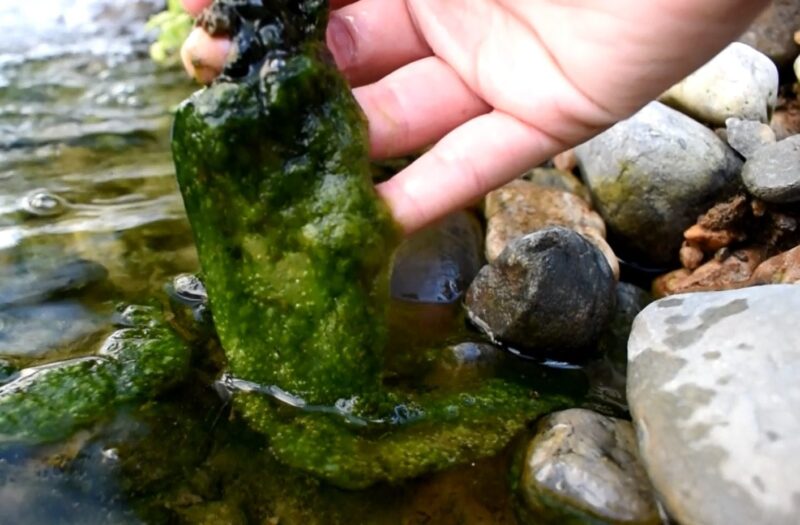Penis enlargement, also known as male enhancement, refers to various techniques aimed at increasing the size of the human penis. These methods can target different aspects of the penis, such as total length, shaft’s girth, or glans size.
Techniques include surgical procedures, supplements, ointments, patches, and physical methods like pumping, jelqing, and traction. Some methods are scientifically supported, while others lack evidence of effectiveness.
Methods and Techniques

The methods for penis enlargement can be broadly categorized into surgical and non-surgical procedures:
- Surgical Procedures: These include penile augmentation, suspensory ligament release, and injections of dermal fillers or silicone gel. Surgical methods can be effective but carry significant risks and complications.
- Non-Surgical Procedures: These involve physical techniques such as extension devices, hanging weights, vacuum pressure, and the use of pills and supplements. Noninvasive methods have received little scientific study, and most lack scientific evidence of effectiveness.
Pro Tip: It’s essential to consult with medical professionals before considering any penis enlargement method, as some can lead to serious complications.
Understanding the costs and expectations of penis enlargement is crucial for anyone considering these procedures. Costs can vary widely based on factors such as geographic location, surgeon’s experience, and type of procedure.
Expectations should be aligned with realistic outcomes, as some methods may provide negligible results or even cause harm.
Methods of Penis Enlargement

Surgical Procedures
- Penile Lengthening Surgery: This includes procedures like suspensory ligament release, which increases flaccid penis length but not erect length. It can create problems with sexual function.
- Penile Girth Enhancement: Techniques such as injecting fat cells into the penis or grafting fat cells onto the penis are used. These can cause swelling, deformity, and in some instances, removal of the penis may be necessary.
- Risks and Complications: Surgical methods carry risks of scarring, penis shrinkage, or erectile dysfunction. Procedures by unlicensed surgeons can lead to serious complications.
Non-Surgical Procedures
- Extenders and Pumps: Devices like penis extenders and vacuum erection devices create negative pressure to expand the penis. However, excessive pressure can damage penis tissue.
- Injections and Fillers: These are not approved by the US Food and Drug Administration (FDA) for use in the penis and can lead to complications.
- Pills and Supplements: Generally considered ineffective, these products are often sold online.
Factors Influencing the Cost
| Factor | Description |
|---|---|
| Geographic Location | Costs vary by country and region, reflecting differences in economic conditions and regulations. |
| Surgeon’s Experience | Experienced and reputable surgeons may charge higher fees. |
| Type of Procedure | Surgical procedures are typically more expensive than non-surgical options. |
| Additional Costs | These may include consultation fees, anesthesia, and follow-up care. |
Comparing Costs Across Different Countries

The cost of penis enlargement can vary significantly across different countries, reflecting differences in economic conditions, healthcare regulations, and medical practices. Here’s a comparison of the costs in various regions:
| Country/Region | Approximate Cost (Surgical) | Notes |
|---|---|---|
| United States | $15,000 | Penuma is a specific FDA-cleared procedure for cosmetic enhancement. |
| Europe | Varies | Costs can differ widely across European countries. |
| Asia | Varies | Prices may be lower, but regulations and standards can differ. |
| South America | Varies | Costs may vary, and it’s essential to research the reputation of clinics. |
Pro Tip: Always consult with a medical professional and thoroughly research the clinic and surgeon’s reputation before proceeding with any procedure, especially in a foreign country.
Insurance and Financing Options

Most insurance companies do not cover penis enlargement surgery, as it is often considered a cosmetic procedure. For example, Penuma, a specific type of penis enlargement surgery in the United States, is not covered by insurance. It’s essential to consult with your insurance provider to understand what, if any, coverage may be available.
Some clinics and medical practitioners may offer financing plans or payment options to make the procedure more affordable. These can include installment payments, medical credit cards, or personal loans. It’s crucial to understand the terms and interest rates associated with any financing option.
Hidden costs can include consultation fees, anesthesia, follow-up care, and potential costs related to complications or revisions. Always ask for a detailed breakdown of all costs before proceeding with the procedure.
Risks and Considerations
Penis enlargement surgery carries risks, including:
- Anesthesia Risks: Side effects of anesthesia can include nausea, vomiting, exhaustion, and increased risk of pneumonia, heart attack, or stroke.
- Surgical Risks: Complications can include infection, stitches coming apart, implant breaking, blood clots in penile tissue, and dissatisfaction with appearance.
- Temporary Side Effects: Pain with erection and loss of sensation may occur but are usually temporary.
Fun Fact: According to a study evaluation of 400 men who underwent the Penuma procedure, 81 percent rated their satisfaction with their results at least “high” or “very high.” However, 3 percent needed to have the devices removed due to problems following the procedure.
Consulting with a medical professional is essential to understand the risks, benefits, and realistic expectations of penis enlargement. A qualified surgeon will discuss the procedure, potential complications, and aftercare instructions.
Ethical considerations include the potential exploitation of individuals’ insecurities and the promotion of unrealistic body standards. It’s essential to consider the motivations behind seeking penis enlargement and to explore non-surgical options or counseling if appropriate.
Success Stories and Testimonials
Penis enlargement surgery has seen success in some cases, particularly with the FDA-approved Penuma procedure. A 2018 study noted an average 56.7% increase in girth and high patient satisfaction, even after long-term follow-up. Some studies have also reported improved self-confidence and self-esteem among patients.
- Various studies have demonstrated satisfactory results with specific procedures, such as silicone spacers and fat transfer, even 12 months after surgery.
- Many clinics may provide before and after photos to demonstrate the potential results of the procedure.
- Satisfaction rates can vary widely, with some procedures reporting satisfaction rates ranging from 30–65%.
FAQ
What is the average cost of penis enlargement surgery?
The cost can vary widely depending on the country, surgeon, and procedure. In the United States, the Penuma procedure costs around $15,000.
Are there any non-surgical options that are effective?
Non-surgical options are generally considered less effective, and some may not be safe. It’s essential to consult with a medical professional for advice.
How long does recovery take after surgery?
Recovery time can be relatively long, with experts recommending 30 days of no intense physical activity and 60 days of no sexual activity or masturbation.
Are the results permanent?
Some procedures may offer permanent results, while others, such as fat injections, may decrease in volume over time.
What are the potential risks and side effects?
Risks include bruising, bleeding, infections, swelling, temporary loss of sensation, pain with erections, scarring, and potential sexual dysfunction.
Conclusion
Penis enlargement surgery is a complex and often controversial subject. While some procedures have demonstrated success, there is no guarantee of effectiveness, and all methods carry risks. The importance of professional guidance, realistic expectations, and ethical considerations cannot be overstated.
Consulting with a qualified medical professional and understanding the potential risks and benefits is crucial. If you’re considering penis enlargement, it’s essential to have a candid conversation with a urologist to discuss goals, expectations, and the best clinical outcomes.
Related Posts:















